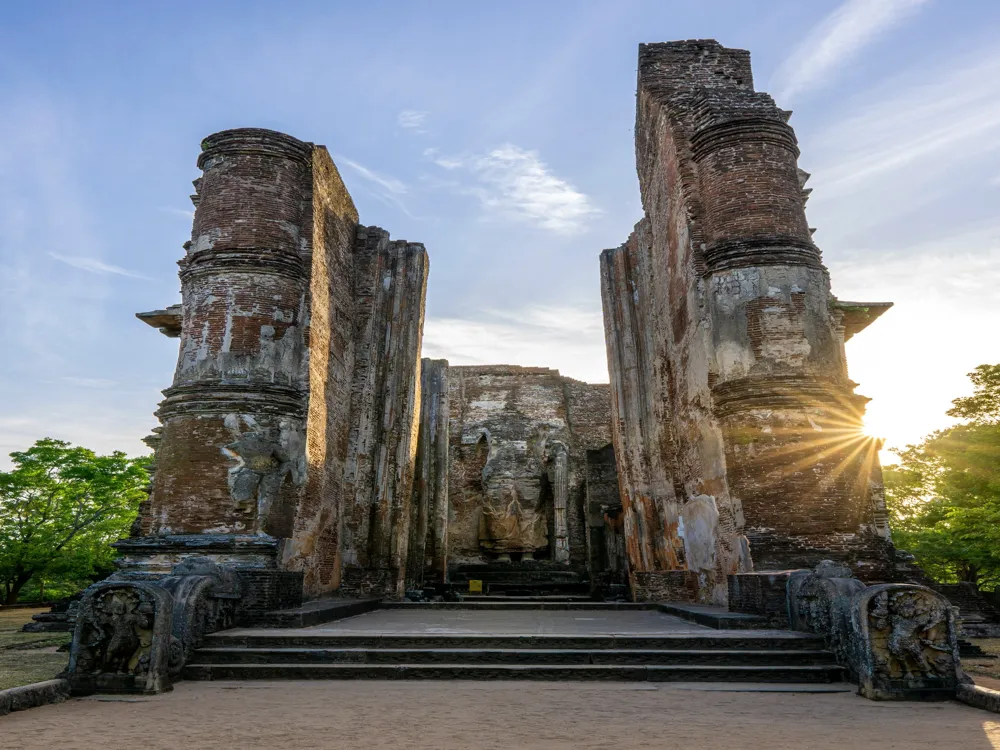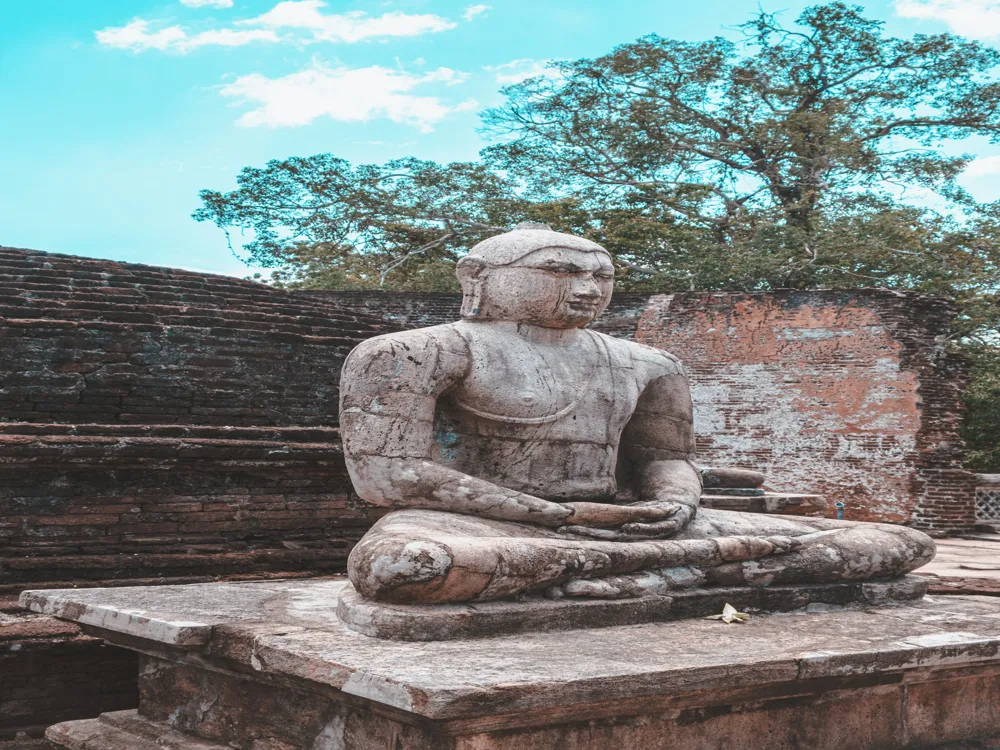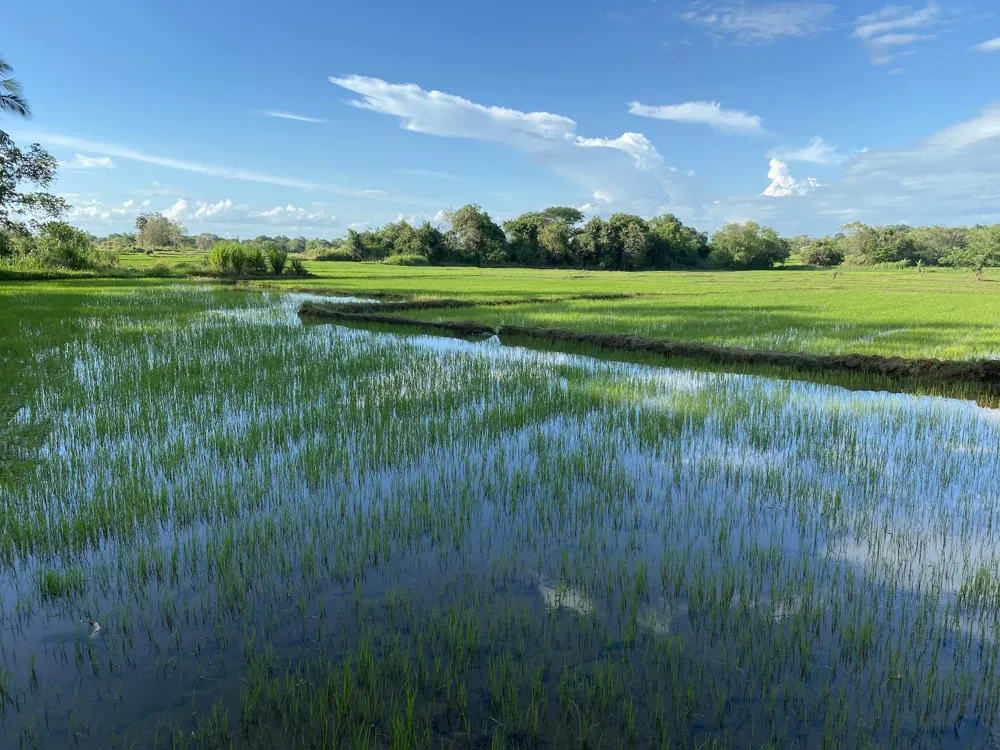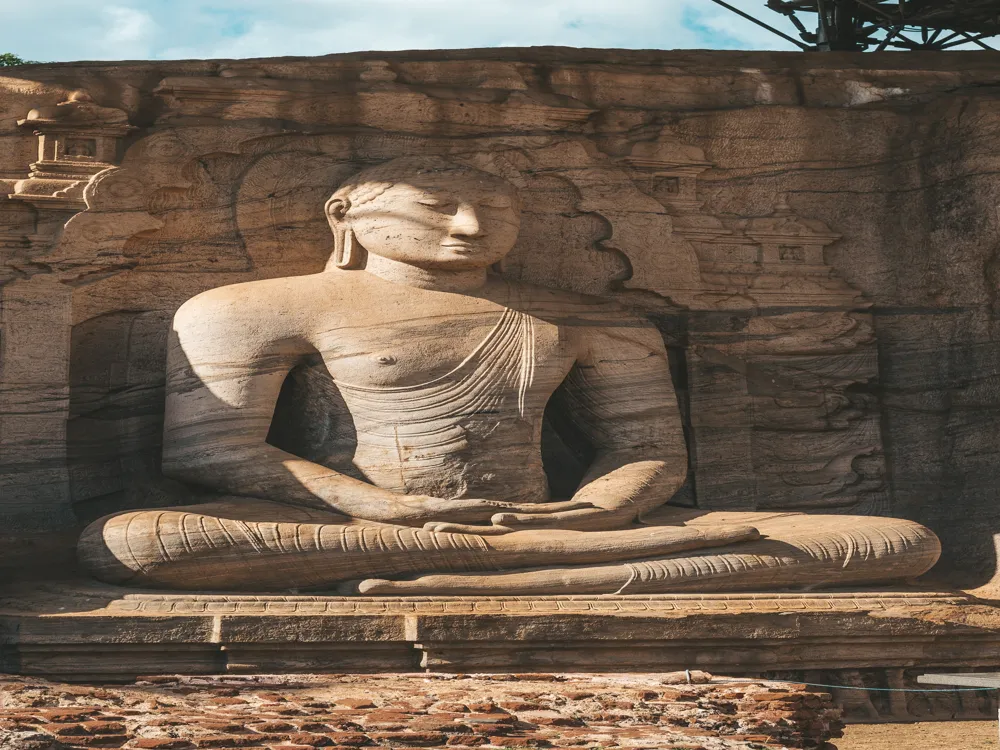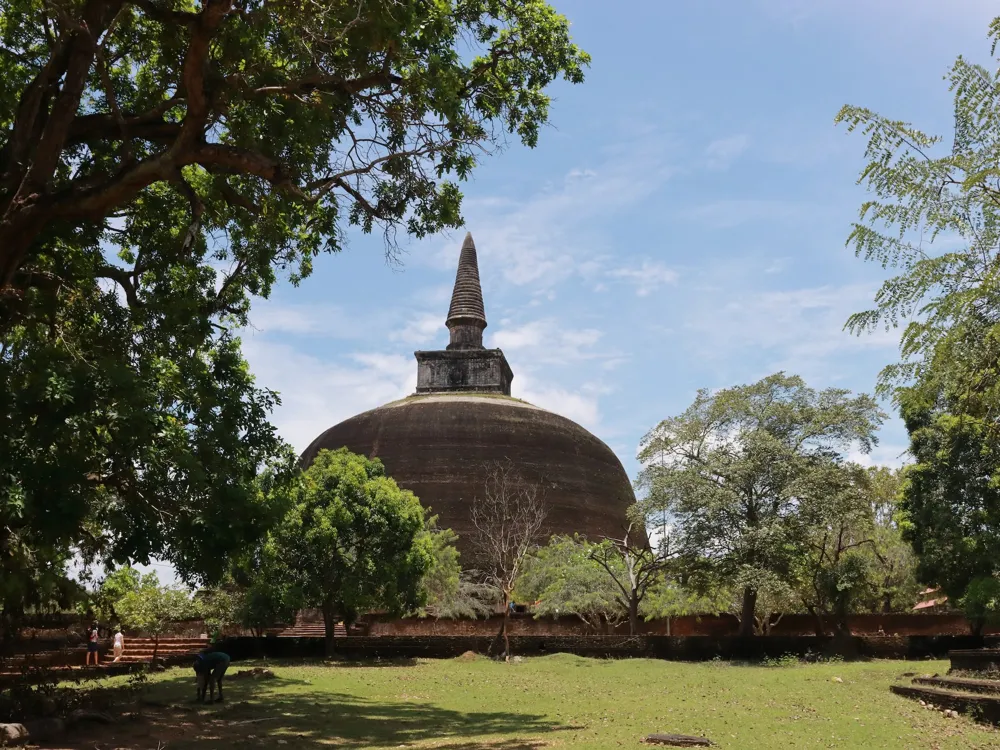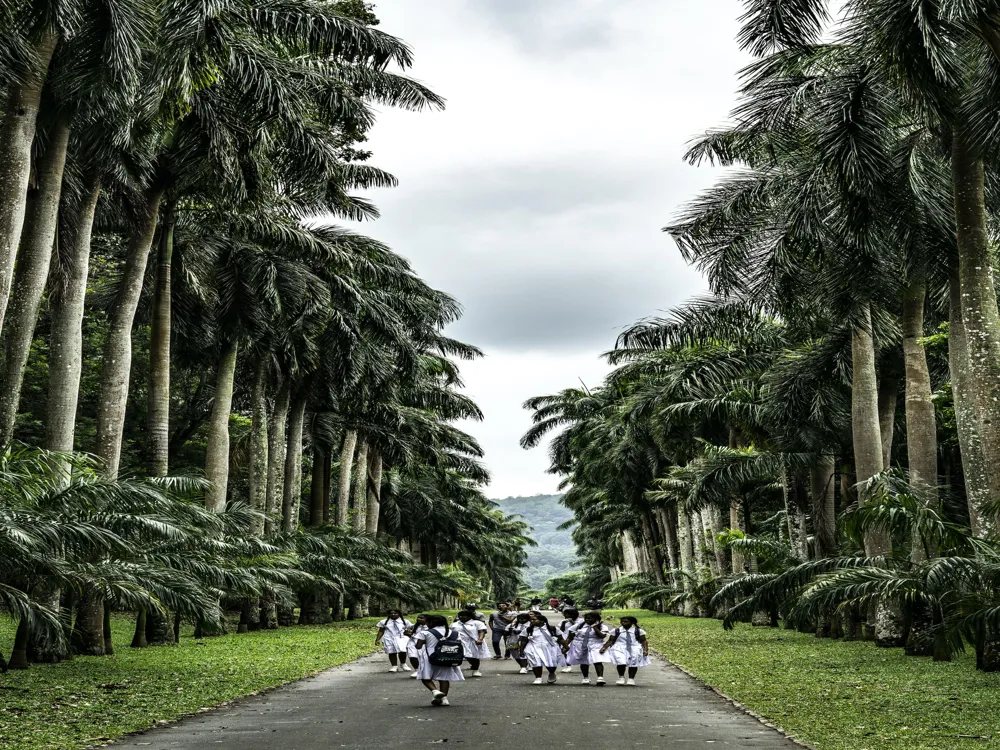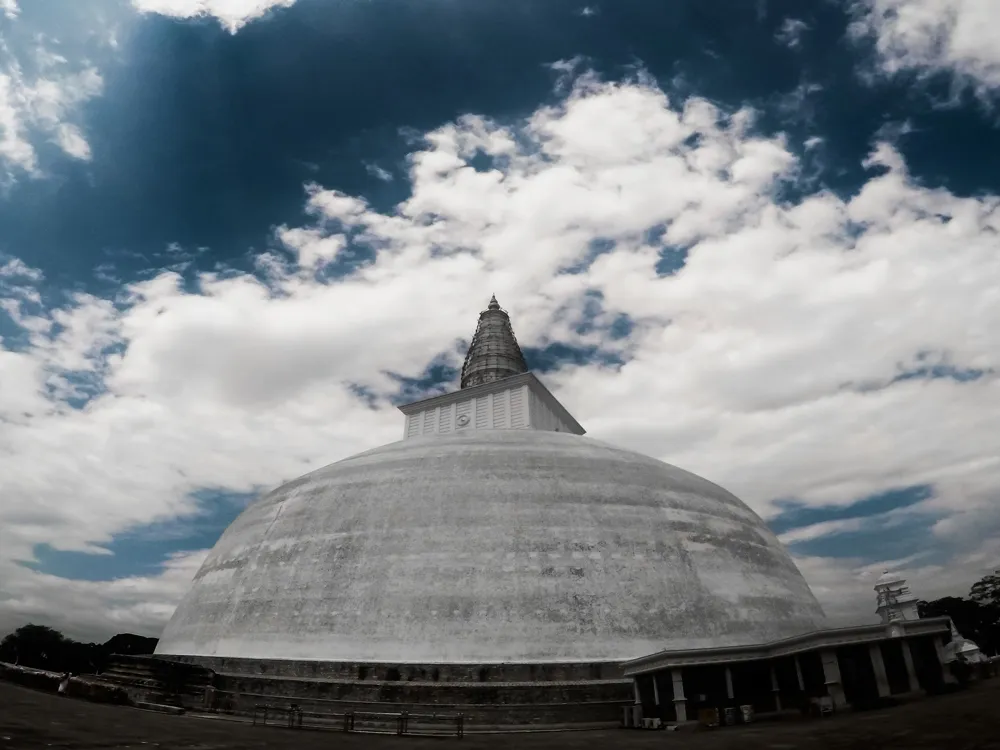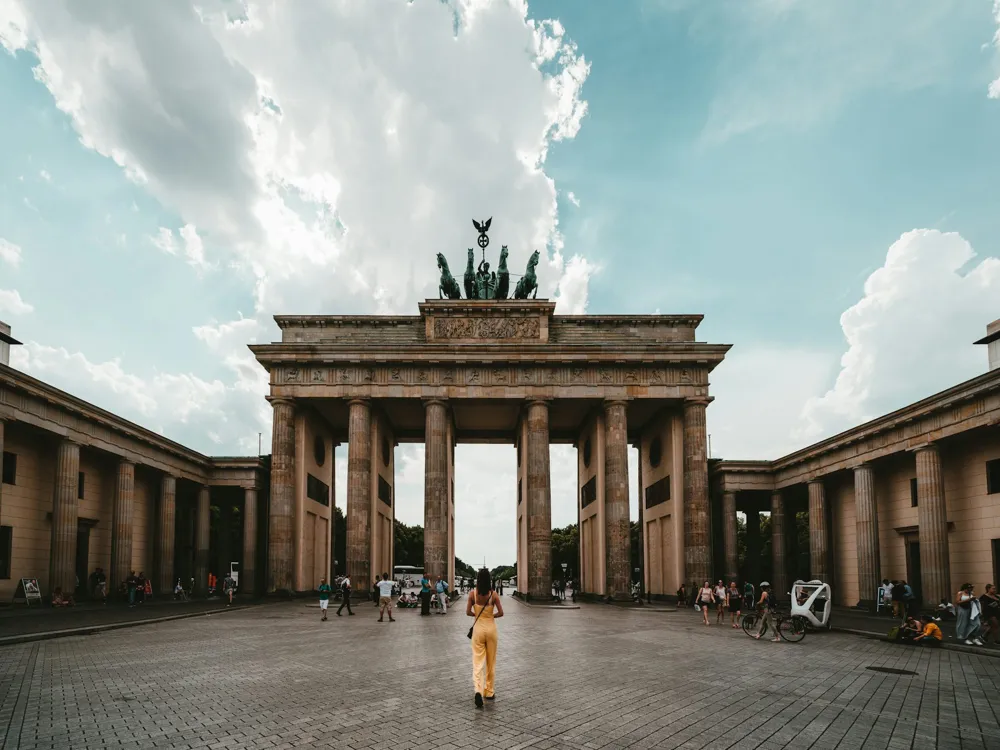Best Time to Visit Polonnaruwa
Sri Lanka
16 out of 66 Places to visit in Sri Lanka₹ 58,000 onwards View Packages
Get Customized PackagesThe Land of Diversity
Top Hotel Collections

Private Pool

Luxury Hotels

5-Star Hotels

Pet Friendly
What is the Best Time to Visit Polonnaruwa?
Polonnaruwa, a UNESCO World Heritage Site in Sri Lanka, is a mesmerizing city that boasts a rich history and cultural heritage. Planning your visit to this ancient wonder involves considering the best time to travel to make the most of your experience. Let's delve into the details of the various seasons Polonnaruwa has to offer.
More about Best Time to Travel to Polonnaruwa
Travel Peak Season in Polonnaruwa
The peak season in Polonnaruwa occurs from November to February, offering visitors the ideal weather to explore its historical marvels. During these months, the climate is characterized by mild temperatures and minimal rainfall, providing a comfortable and enjoyable environment for sightseeing.
Travel Offseason in Polonnaruwa
While the peak season draws many tourists, the offseason, spanning from May to September, presents a unique charm. Despite slightly higher temperatures and occasional rain, this period offers a quieter and more intimate experience, allowing travelers to appreciate the ancient ruins without the crowds.
Polonnaruwa Travel Packages
View All Packages For Polonnaruwa
Polonnaruwa in Shoulder Season
The shoulder seasons of March-April and October serve as transitional periods, bridging the gap between the peak and offseasons. During these months, the weather is generally favorable, with fewer tourists, making it an excellent time for those seeking a balanced experience.
Polonnaruwa in Hot Season
The hot season, from March to May, brings warmer temperatures, making it suitable for travelers who enjoy basking in the sun. While the heat may be intense, it also offers a unique perspective, with fewer crowds and a more relaxed atmosphere to explore the historical wonders.
Polonnaruwa in Rainy Season
The rainy season, from June to September, brings occasional showers but also lush greenery to the surroundings. Despite the rain, Polonnaruwa takes on a serene beauty during this time, and travelers can witness a different side of the ancient city, surrounded by vibrant flora.
Polonnaruwa in Cool Season
The cool season, from October to February, is marked by pleasant temperatures and clear skies, creating an ideal setting for exploring the archaeological treasures of Polonnaruwa. This period offers a perfect blend of comfortable weather and a tranquil atmosphere.
In conclusion, choosing the best time to visit Polonnaruwa depends on personal preferences. Whether you prefer the bustling energy of the peak season, the solitude of the offseason, or the transitional charm of the shoulder seasons, each period offers a unique experience. Plan your visit wisely to make the most of this enchanting destination's historical splendor.
Places To Visit In Polonnaruwa
Nearby Places Polonnaruwa
Polonnaruwa Photos
View All Photos For PolonnaruwaBrowse Package Collections
Browse Hotel Collections
Faq
Q: What is the best time to visit Polonnaruwa?
A: The best time to visit Polonnaruwa is during the dry season, which typically extends from May to September. This period ensures pleasant weather with minimal rainfall, allowing you to explore the ancient city comfortably.
Q: Why is the dry season considered the best time to visit?
A: The dry season offers favorable conditions for exploring Polonnaruwa's archaeological sites without the inconvenience of heavy rain. The clear skies enhance visibility, making it an ideal time to appreciate the historical and cultural significance of the ruins.
Q: Are there any specific months within the dry season that are particularly recommended?
A: June and July are often regarded as the optimal months to visit Polonnaruwa. During this time, the weather is generally mild, and the lush greenery surrounding the ancient structures is at its peak, providing a picturesque backdrop.
Q: What should I be aware of if I plan to visit during the wet season?
A: The wet season, from October to January, brings heavy rainfall, which may affect your exploration of Polonnaruwa. Flooded areas and slippery paths can make it challenging to navigate the archaeological sites comfortably.
Q: Are there any cultural events or festivals that I should consider when planning my visit?
A: The Poson Poya Festival, usually celebrated in June, is a significant cultural event in Polonnaruwa. It commemorates the introduction of Buddhism to Sri Lanka and adds a unique cultural experience to your visit during this time.

